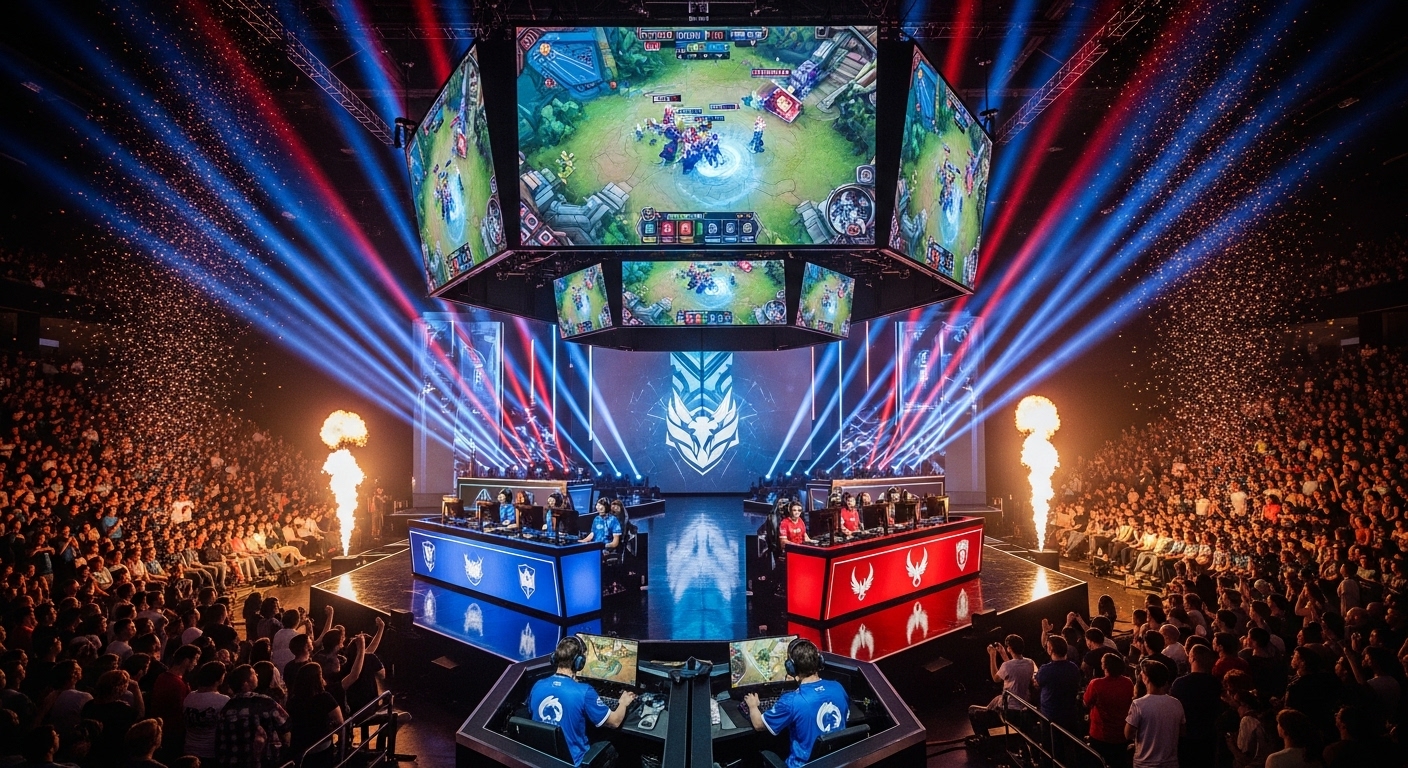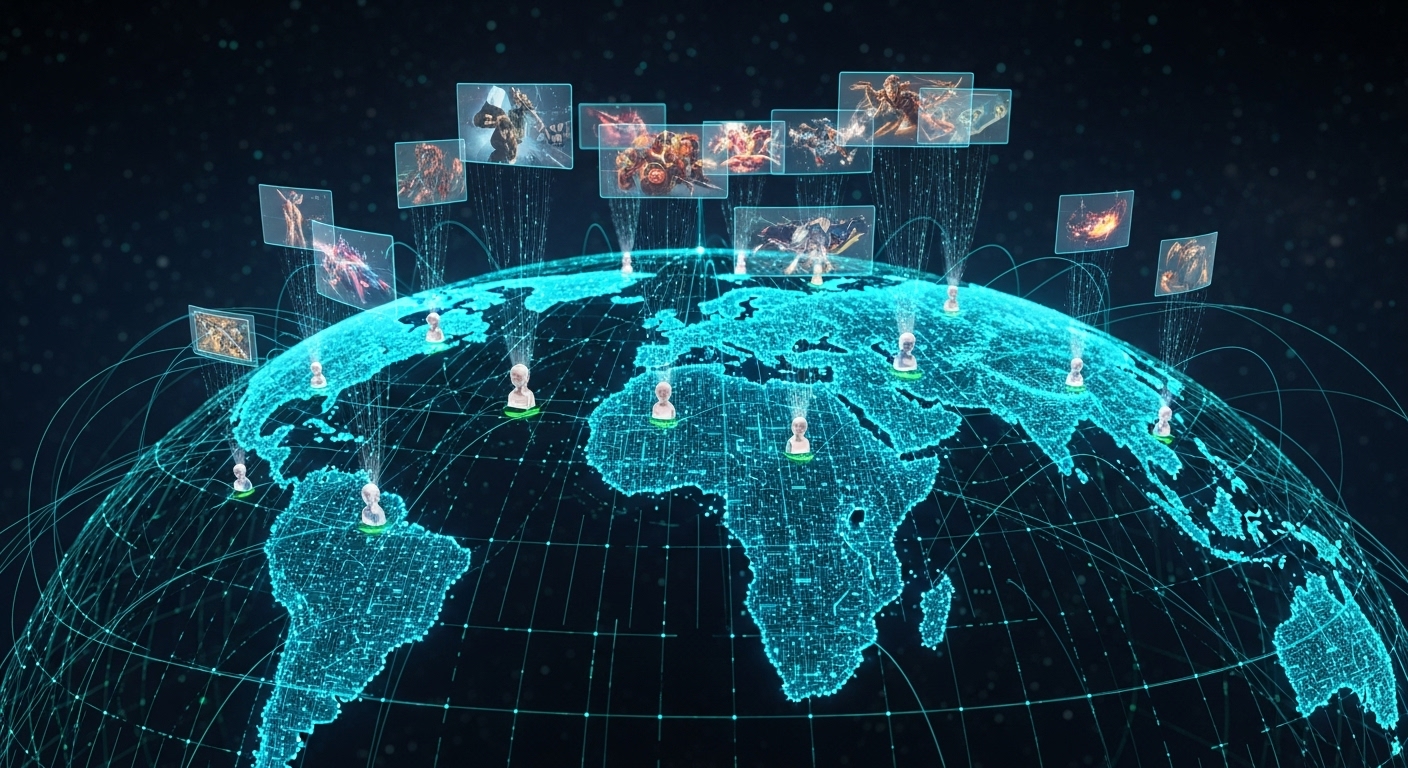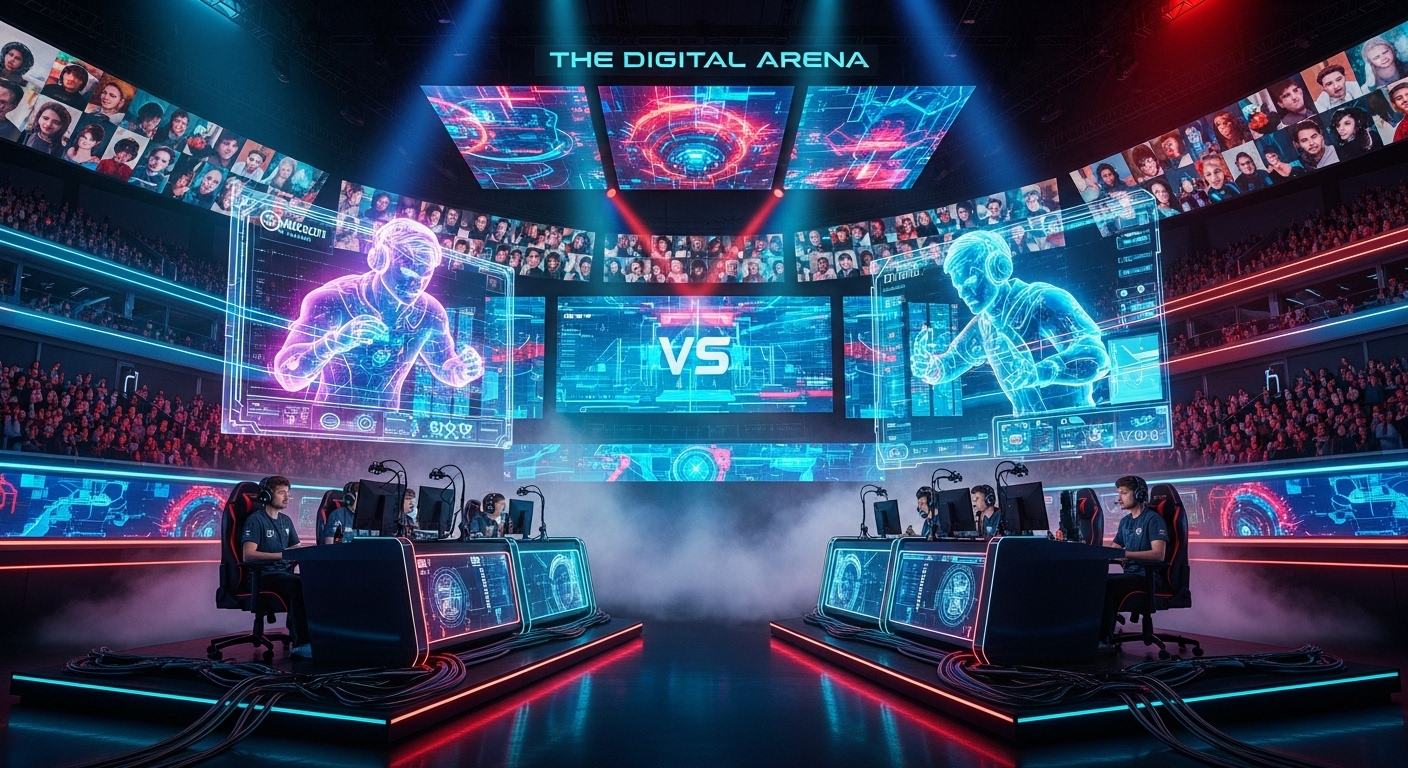Introduction: The Birth of a New Competitive Frontier
When PlayerUnknown’s Battlegrounds (PUBG) was first released in 2017, few could have predicted the massive cultural and competitive impact it would have on gaming. It wasn’t just another shooter — it was a revolution. PUBG popularized the battle royale genre, putting 100 players against each other on a vast map where only the most skilled and strategic survived. The thrill of looting, positioning, and outlasting opponents became the heartbeat of a global gaming phenomenon.
Soon, this raw survival gameplay transformed into a structured competitive format. The rise of PUBG Esports brought together elite players, professional organizations, and millions of fans who watched teams fight not just for victory, but for prestige and pride. PUBG’s esports scene became a perfect mix of strategy, teamwork, and raw individual skill — where every bullet, every move, and every decision mattered.
The Evolution of PUBG Esports
PUBG Esports didn’t become a global sensation overnight. It took years of evolution, experimentation, and refinement. In the early days, grassroots tournaments began popping up all over the world, hosted by fans and small organizations. These events showcased the potential of PUBG as a competitive title.
Recognizing the momentum, PUBG Corporation stepped in to structure the scene professionally. The first official tournaments began in 2018, culminating in the PUBG Global Invitational (PGI) held in Berlin. This event set the tone for the future of PUBG Esports — international participation, high production quality, and intense, unpredictable matches that kept fans on edge.
Over the next few years, PUBG Esports grew exponentially. The formation of regional leagues like PUBG Continental Series (PCS) and PUBG Global Championship (PGC) established a year-round competitive calendar. Teams from Asia, Europe, North America, and other regions competed for millions in prize money, as well as the title of world champion.
This structure helped foster local talent and created distinct regional playstyles — from the aggressive and fast-paced Korean approach to the methodical and tactical strategies favored by European teams. PUBG Esports had truly gone global.
The Core of PUBG Competition: Strategy and Survival
Unlike traditional shooters where pure mechanical skill dominates, PUBG introduces a complex layer of survival and strategy. It’s not only about aiming accurately — it’s about when to fight, where to move, and how to manage limited resources.
Every match in PUBG is a delicate balance of risk versus reward. Players must decide whether to drop into high-loot, high-risk areas or play it safe on the outskirts. Teams need to navigate a shrinking playzone while dealing with unpredictable enemy movements. Communication, positioning, and timing can determine whether a team finishes first or falls in the early stages.
PUBG’s competitive nature also rewards adaptability. No two matches are ever the same. Randomized loot spawns, shifting circles, and diverse terrain ensure that players must think on their feet. The best teams don’t just have skilled shooters — they have tactical minds that can adjust strategies mid-game.
In many ways, PUBG Esports mirrors real-life survival scenarios — preparation, composure, and teamwork are just as vital as raw mechanical skill.
Key Elements That Define PUBG Esports
1. The Map and Environment
PUBG’s maps — Erangel, Miramar, Sanhok, and others — play a central role in shaping competitive dynamics. Each terrain requires a different tactical mindset.
- Erangel, with its balanced mix of open fields and urban zones, demands smart rotations and control of high-ground positions.
- Miramar’s desert environment punishes poor positioning, rewarding players who can utilize long-range weapons and vehicle control.
- Sanhok, on the other hand, is fast-paced and chaotic, favoring aggressive playstyles and close-quarter combat.
Teams must master all environments to succeed on the world stage.
2. Team Coordination
PUBG Esports is primarily played in squads of four. Communication and coordination are everything. Teams designate in-game leaders (IGLs) who call rotations, manage fights, and dictate strategy. The synergy between team members — knowing when to push, when to revive, and how to split resources — separates champions from average squads.
3. Positioning and Zone Control
The blue zone mechanic, which shrinks over time, forces constant movement and decision-making. Top teams prioritize zone control — getting into advantageous positions early to gatekeep opponents or securing compound areas that provide cover and vision.
4. Weapon Mastery and Loadout Decisions
Weapon choice in PUBG isn’t just preference; it’s strategy. Players balance long-range rifles like the M416 or Mini-14 with close-range powerhouses like the S12K or Vector. Grenades, smokes, and utilities also play critical roles in clutch moments.
5. Mental Strength
PUBG tournaments can last hours, testing players’ concentration and patience. One small mistake can end a 30-minute game. Staying composed under pressure is an invaluable skill that top-tier players develop over years of experience.
Iconic Tournaments and Milestones
The journey of PUBG Esports is marked by iconic events that defined its legacy. The PUBG Global Invitational 2018 in Berlin set the standard for production and global participation. Later, the PUBG Global Championship 2019 in Oakland further elevated competitive PUBG with an incredible finale that showcased the intensity and unpredictability of the game.
The PUBG Continental Series introduced during the pandemic ensured the esports ecosystem continued to thrive online. It gave fans around the world regional rivalries to follow — like Gen.G vs. Damwon in Asia or FaZe Clan vs. Natus Vincere in Europe.
Each major tournament brought innovations — from refined point systems to broadcast improvements — helping PUBG Esports maintain relevance and excitement in a rapidly evolving gaming landscape.
Player Stories: From Streamers to Global Champions
PUBG Esports has created legends. Many professional players started as casual streamers or public match heroes before transitioning into competitive play. Their journeys inspired countless fans.
Players like Pio from Gen.G, TGLTN from Soniqs, and Inonix from Gen.G are household names in the PUBG community. Their gameplay showcases the perfect balance of composure and aggression.
What makes PUBG Esports special is how players evolve through experience. A single tournament can make or break reputations. One clutch grenade or calculated rotation can define a player’s career. Every season brings new stars who rise to the challenge, pushing the boundaries of what’s possible in the game.
The Role of Technology and Broadcasting
A significant reason for PUBG Esports’ success is its broadcast innovation. The use of advanced spectator tools allows viewers to track all 100 players simultaneously, providing an engaging, cinematic experience.
Overhead maps, player perspectives, team statistics, and dynamic replays help fans understand the strategy behind the chaos. Casters and analysts break down complex moments — like how one team held a compound or how a clutch rotation secured victory — making PUBG not just a game to watch, but a sport to study.
Regional Differences and Playstyles
PUBG Esports thrives on diversity. Each region brings a unique flavor to competition.
- Asia: Known for lightning-fast rotations and early zone control, Asian teams often rely on disciplined positioning and coordinated aggression.
- Europe: European teams emphasize tactical play, late rotations, and patience. They’re masters at using terrain and vision to their advantage.
- North America: NA teams tend to play aggressively and adapt quickly, relying on mechanical skill and confident engagements.
- Southeast Asia and LATAM: These regions are known for creative strategies, unpredictable flanks, and a fearless approach to combat.
The clash of styles in global tournaments creates a spectacle — a true test of adaptability and game sense.
Challenges in PUBG Esports
Despite its success, PUBG Esports has faced challenges. Maintaining balance between survival elements and competitive fairness is always tricky. Randomized loot and circle zones, while core to PUBG’s identity, sometimes frustrate players who prefer a purely skill-based environment.
Additionally, PUBG competes in a crowded esports market. With titles like Valorant, Apex Legends, and Fortnite constantly innovating, PUBG must evolve to retain its player base and audience.
However, these challenges also fuel PUBG’s growth. The developers continuously update maps, balance weapons, and introduce new systems to make the competitive experience smoother and fairer.
The Future of PUBG Esports
Looking forward, PUBG Esports has a promising future. Its emphasis on realism, strategic gameplay, and survival sets it apart from every other battle royale title. The developers’ commitment to improving spectator experience and supporting regional ecosystems ensures the scene remains strong.
New formats, such as invitational events and regional circuits, are creating fresh opportunities for emerging teams. The growth of mobile esports, especially PUBG Mobile, has also expanded PUBG’s audience dramatically, introducing millions of fans to competitive gaming.
As technology improves and more nations invest in esports, PUBG is positioned to remain a cornerstone of competitive gaming — a title that rewards intelligence, patience, and precision.
Conclusion: Where Skill Meets Survival
PUBG Esports represents more than just a game; it’s a global celebration of human skill, teamwork, and adaptability. Every match tells a story of survival against the odds, of strategies crafted in the heat of battle, and of players who push themselves to their limits.
In PUBG, the line between chaos and control is razor-thin. The best teams turn uncertainty into opportunity, transforming survival into an art form. That’s what makes PUBG Esports so special — it’s not just about who shoots fastest, but who thinks smartest.



